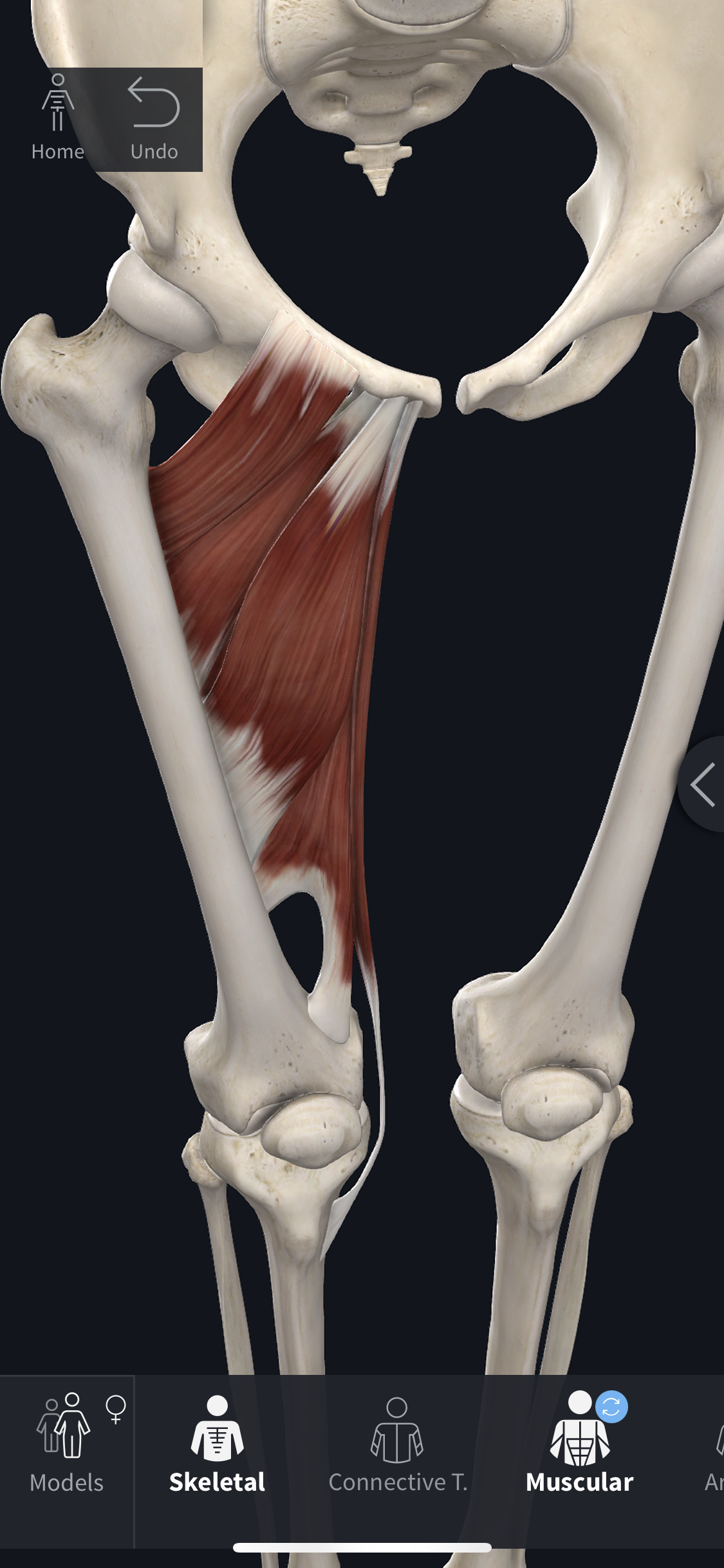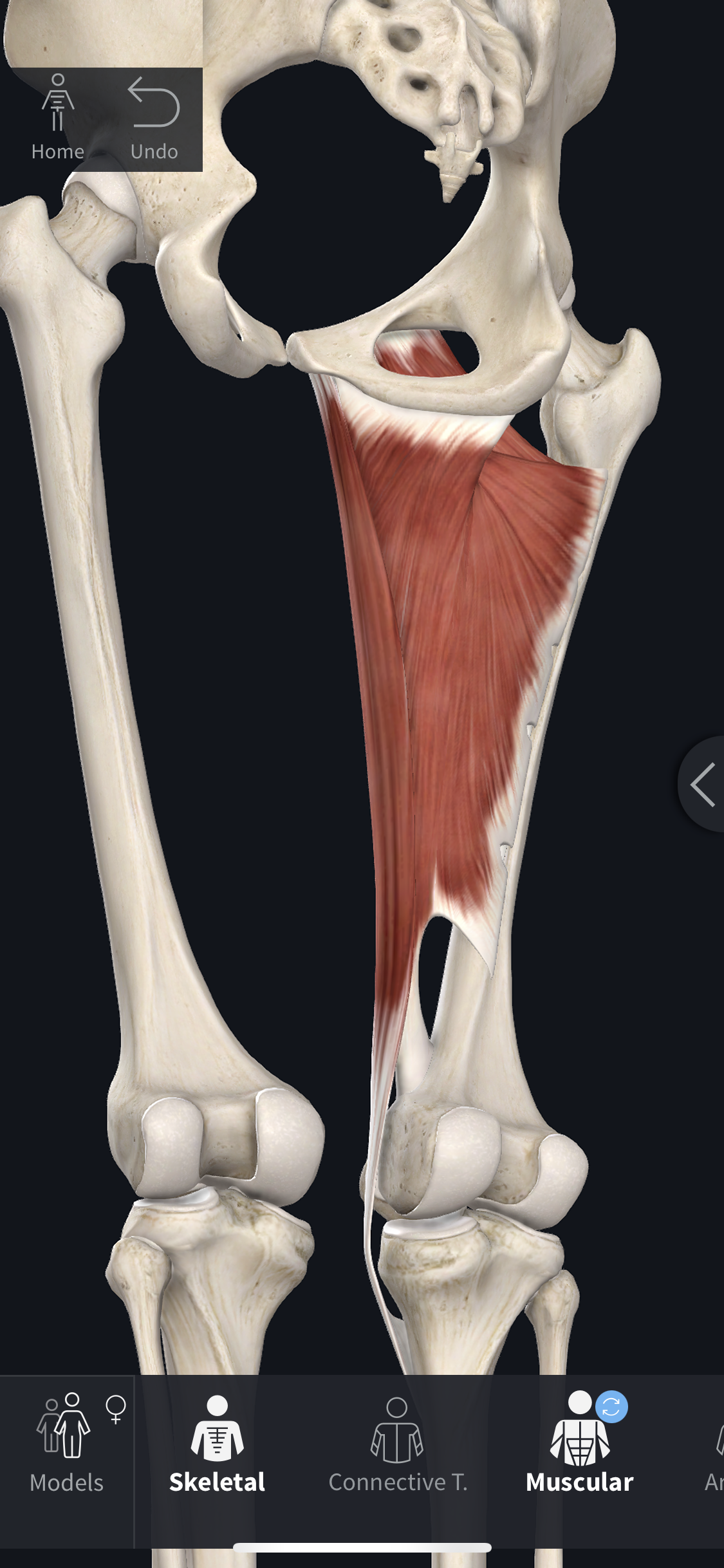The Mid Line- PART 2
Can you see my vertical mid line?
If you haven’t read PART 1 of It’s a Wrap - The Deep Six, you can READ IT HERE. Part 1 explains the relationship with the six external rotators of the hip as it relates to the core cylinder. In Part 2, we go into the importance of the inner thighs and their connection. You heard of the rotator cuff of the shoulder? It is made up of external and internal rotators to stabilize the shoulder joint. These five inner thigh muscles are considered the inward rotators of the hip, and with the six external rotators complete the “rotator cuff” of the hip, but have roles to stabilize and move the body.
When I think inner thighs, it's hard not to think of the thigh master infomercial with Suzanne Somers. I am here to tell you, they are so much more muscle than to jam a contraction in and squeeze! We have the magic circle in Pilates, a somewhat similar contraption, but hopefully you also have a teacher that guides the connection of the inner thighs into the core cylinder.
How they move you
The inner thighs are considered hip flexors! In walking, these muscles help the back leg swing forward to the next step. They are also support balance. Think about people who either walk shuffle, or with a wide stance - among other things, their inner thighs are usually weak. They will also straighten the knee and prevent “locking out” (hyperextension) the knees. They are inward rotators and will feel them in a parallel position. But you will also feel them in external rotation (Pilates “V” or dance positions) Think footwork, leg springs, squats, or plies. I usually cue the inner thighs to lift up into the pelvic floor when the knees straighten and let them lengthen and flex the hips as the knees bend too.
Parallel
In my experience, the power of the inner thigh connection is sometimes missed in parallel, but can be a wealth of connection and deep strength. With both legs, in a standing squat, chair pose in yoga, I like to cue a “narrowing” of the wrap muscles (External rotators). As we learned from Part 1, the proximity to the pelvic floor helps activate the whole system. The feeling of pulling the inner thighs (internal rotators) up like zippers activates length in the spine and core cylinder. Can you imagine this thinking about standing work on the reformer? After you meet the 5, you can practice with the video I made for you!
Meet the 5
It’s not important to know their names, but it helps to visualize. Imagine five of these muscles start along the front of the pelvis, from pubic bone to hip joint. Then at different lengths connect down the inside of your leg towards your knee. One exception to this rule is a super inner thigh, but I am going to name drop this one! Adductor magnus (magnus means great!) not only connects along the front of the pelvis, but to the back of the pelvis too! This gives the inner thighs a broad territorial pelvic landscape from public bone to sit bones (ischial tuberosities), the front AND back. It's so “great'', it is also called the 4th hamstring. Because these muscles attach to the pelvis, they have a relationship with the pelvis through their proximity to the pelvic floor and psoas, as well as the psoas, giving them an important role in core activation. See these pics from my Complete Anatomy app:
Front View of Inner Thighs
Back and oblique view of the pelvis and leg, here is the name drop muscle, adductor magnus with the gracilis at the left edge.
Front view
Inner thighs and it’s neighbor, the psoas
Add in the pelvic floor
!
Can you visualize this while you work?
Read the extra credit section for more guidance!
This Picture is The Deep Front Line from Tom Myers’ Anatomy Trains
…
THIS IS EVERYTHING!
INNER THIGHS ARE MORE THAN JUST SQUEEZING! THEY CONNECT DEEPLY INTO OUR CORE.
You try
How can you experience this? I have another video for you! I begin new students standing up with a yoga block in their inner thighs. I cue to narrow the wrap and inner thighs into the block. So a squeeze does happen, BUT then I cue to lift the block UP into your pelvis. That last cue is abstract at best, but I mostly plant seeds - it takes time to understand that cue, and you earn connection with practice, along with the lifelong journey of putting all these pieces together, creating a one body moving effortlessly and efficiently.
An inner step beyond
I look at yoga and strength training for this visual. Think of a Warrior three or a single leg deadlift. It’s like making a “T” with your body: one leg standing on the floor forming the perpendicular stem, and the top of the “T” is the back leg behind you with the spine following that parallel line to the floor. You can engage the inner thighs by pulling the legs to the midline (connecting to midline strength mentioned earlier). It makes balance in this standing position so much easier, aligns your pelvis so it is square as it hinges around the hip joints. Everything activates into a deep whole body experience!
EXTRA CREDIT - thinking lines for deeper connection
If the deep six muscles were a bridge to connect the core to the feet, inner thighs have a couple of their own magical lines.
Activating mid line strength. Bisect your body in half. The line that runs up and down your center can serve you in trying to lengthen against ground and gravity.
The proximity to the psoas helps to create a diagonal line from the leg bone to the lower back and diaphragm, to create more deep strength. This is great to think about in any exercise when you are on your back with legs extending, like hundred’s, series of 5, coordination, backstrong - it’s endless.
The inner thighs also create an “X” of support with the obliques called the anterior oblique sling, (see picture) to help with any rotational compliments of the body for something as simple as walking, to throwing a baseball in sports. And we do have that “X” in the back of the body to compliment it.





